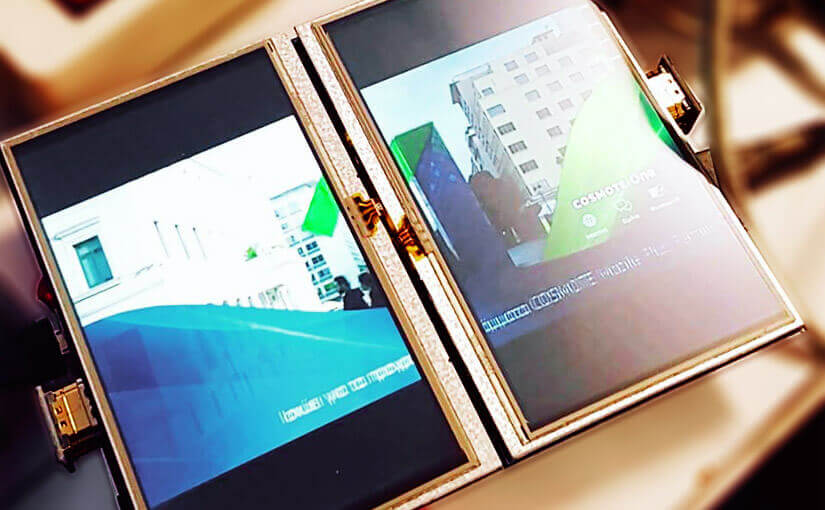Having a Video Wall was always a luxury. As was Digital Signage. But Yodeck is a game-changer.
Inspiration
We first saw Raspberry Pi’s used for video wall on the PiWall. But it had issues. You could only get a single video to play without interrupting everything, and you could only display videos, nothing more. But it was a great start.
We have always believed that it was possible to create a better Video Wall feature than that, in Yodeck. But it would be difficult and it would require a lot of effort. Also, we want all our clients to be able to experience the benefits of a digital signage video wall. So we have two “levels” of video wall that can be set up by clients.
How to set up a simple video wall
If you’re new to digital signage, or prefer simple setups, we recommend you set up a simple video wall installation. Specifically, retail shops, bars and restaurants can create video walls with a matrix of 1×3, 3×1, 2×2 screens, and up to 4 screens. So follow these easy steps!
Video wall setups for pros
For those with tech know-how or with dedicated IT departments, stunning video walls can really engage and impact customers and visitors. Also, you have all the freedom you need to get creative with advanced video walls if you follow these steps.
Lenkeng to the Rescue
And then, as an additional option beyond our standard video wall setup methods, we found the Lenkeng LKV373A. This little pair of devices work as an HDMI extender over Ethernet. Pretty standard these days, right? The cool thing is that they do it using IP broadcasting, with their own “protocol” dubbed “HDbitT”. That is actually an IP Video Stream that we can receive and utilize in Yodeck! We now have a “HDMI-in” device for the Raspberry Pi, which costs $36 on eBay! Hurray!
Note that the LKV373 (versions 1 and 2) are not compatible. You need v3.0, the one designated as LKV373A. With this device, you can use any video source with HDMI-out (like SAT boxes, DVB-T receivers or any A/V equipment) within a Yodeck Player. That’s great, and we had that feature request. But what about the Video Wall?
Using the LKV373A for a Video Wall
The LKV373A broadcasts the video stream to the whole LAN. On the other hand, a Yodeck Player can play any rectangular section of a video stream. So… having 4 Yodeck Players with their screens on a 2×2 grid configuration, each playing their part of the broadcasted IP video stream, would allow for a cool Video Wall feature! And if you use another “master” Yodeck Player as the HDMI-out device feeding the LKV373A, then you have a complete Yodeck Video Wall set!
The only disadvantage is that the final result on the video wall is limited to 1080p (Full HD resolution, so you can’t have the receiving Yodeck Players rendering content locally. But, believe me when I say that, in 99.9% of the cases, you won’t mind.
So, what now?
Sounds complicated?
All you need to know is that you need to get an LKV373A . And we already provide full support for LKV373A devices, both as HDMI-in as well as for Video Walls.
Credits for making this work go to Danman, who did the research and published it on his blog.
